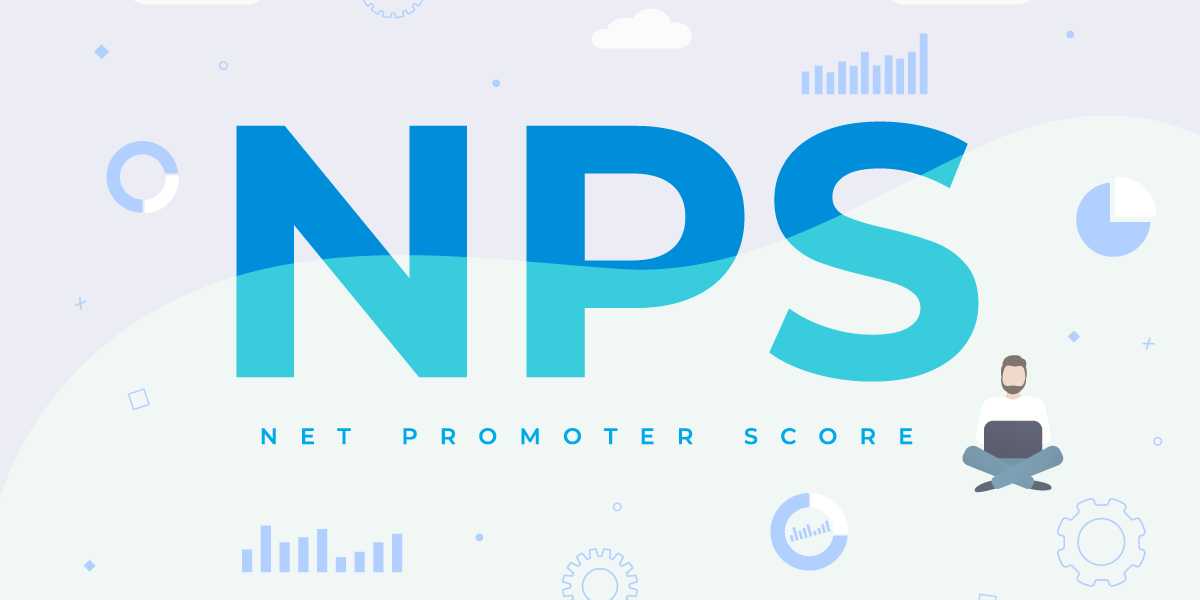So, let’s answer the first question: what is revenue marketing? When we talk about revenue marketing, we’re referring to a comprehensive method of marketing leveraged for lead generation. While some marketing strategies and campaigns are created to increase brand awareness or support a product launch, revenue marketing aligns its entire focus towards generating revenue through repeatable processes and links marketing plans to revenue goals.
What Data Matters to Your Web Traffic?
Click Here to Learn!
How does revenue marketing differ from traditional marketing?
While traditional marketing is focused on building the brand by driving product and name recognition, revenue marketing is closely tied to revenue goals and takes a more holistic, goal-oriented approach. To put it simply, a revenue marketing initiative has a singular focus: driving revenue.
According to a study by Gartner, a potential buyer in the B2B industry spends much of the time researching brands and products independently, mostly online. Moreover, almost 63% of buyers prefer not to involve a sales rep in the search: they prefer doing research on their own. This means sales reps have a very small window to make their case.
How can you benefit from revenue marketing?
With a revenue marketing strategy, marketing and sales become aligned with a singular focus of achieving the same goal or set of goals. This collaboration enhances the relationship between the two groups that, historically, have a contentious relationship.
For some time now, customers have been changing the way they want to be sold to and are driving the shift to a more personalized and nuanced experience. In this scenario, the marketing department plays a vital role. Based on the plan and goals, they should create marketing campaigns that leverage different channels such as organic, ads, social, etc., to distribute curated content (blogs, guides, infographics, videos) to build subscribers and convert them down the funnel to leads: MQL, SQL—all the way to the client.
Developing a revenue marketing framework consists of:
- A set of clear revenue goals
- Clearly defined roles for sales and marketing departments
- Align people resources for content creation and drive marketing automation
- Map the buyer’s journey
- Create a content plan focused on personas, stages of the buyer’s journey, and segmentation
- Onboard and optimize your tech stack for sales and marketing integration
A revenue marketing framework helps to create deliverables in the following areas:
- Consistently filling the sales funnel with high-quality leads
- Improving sales conversion rates and decreasing the sales cycle
- KPIs that allow for better decision making
- Aligning sales revenue to marketing activity
While the thought of starting your revenue marketing journey may seem daunting, it may not be as hard as you think. To help ensure you get off on the right track and stay there, implement technology such as HubSpot to assist with the fine-tuning and measuring your progress.





